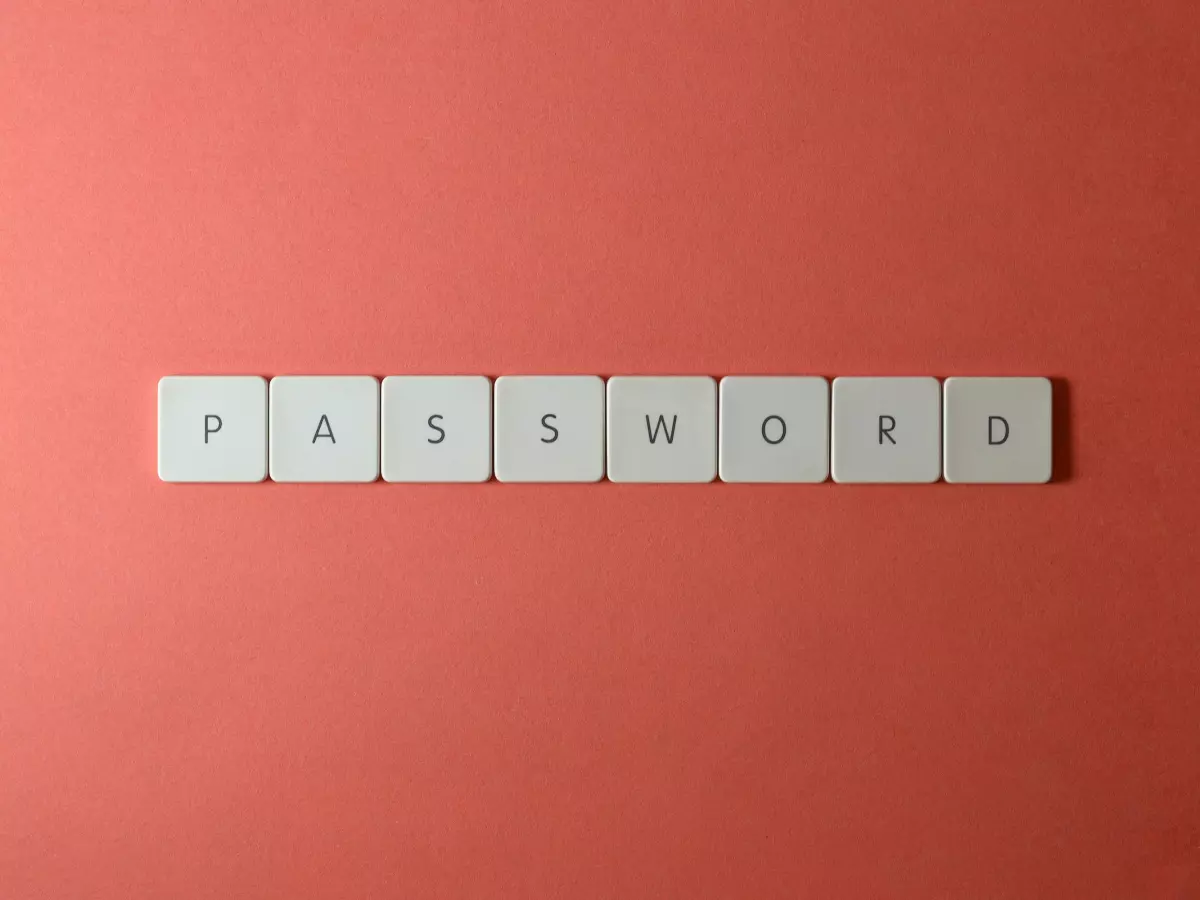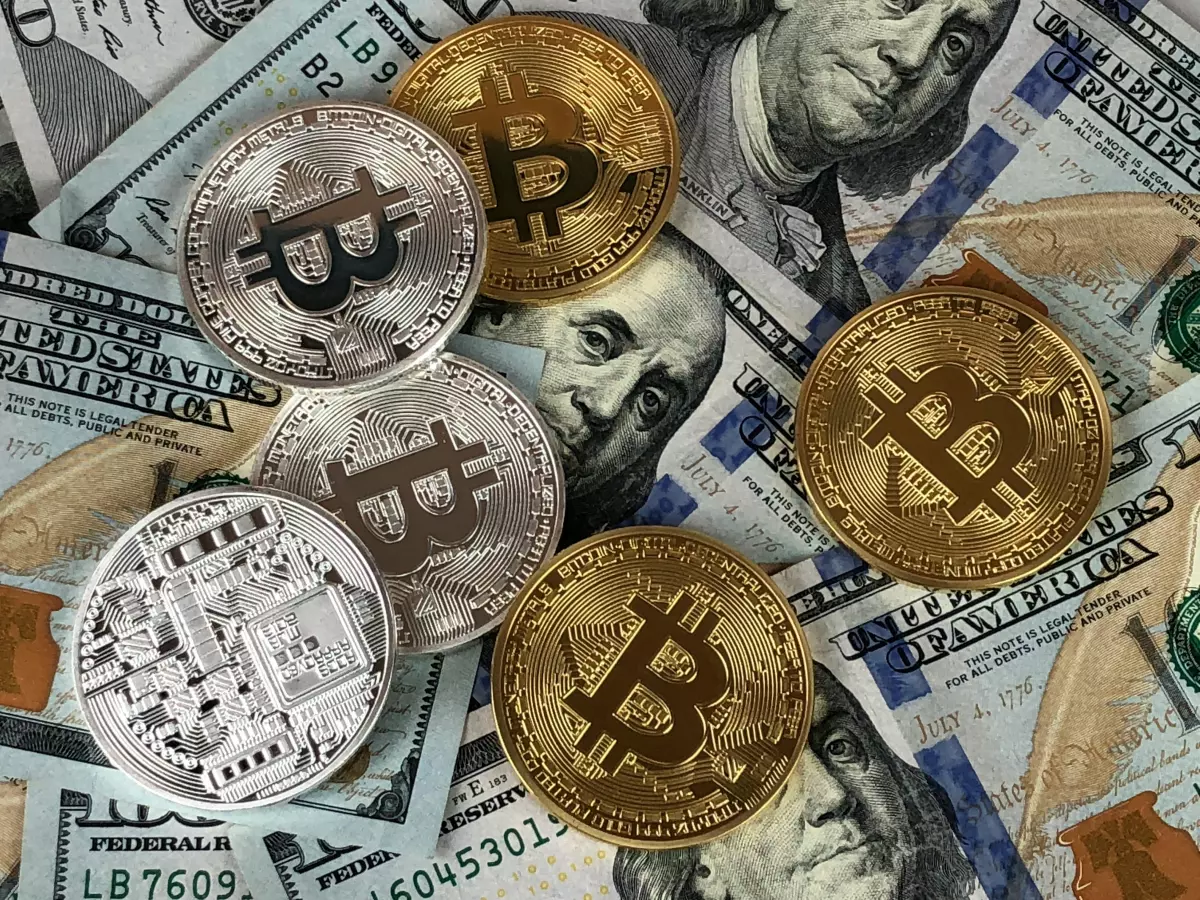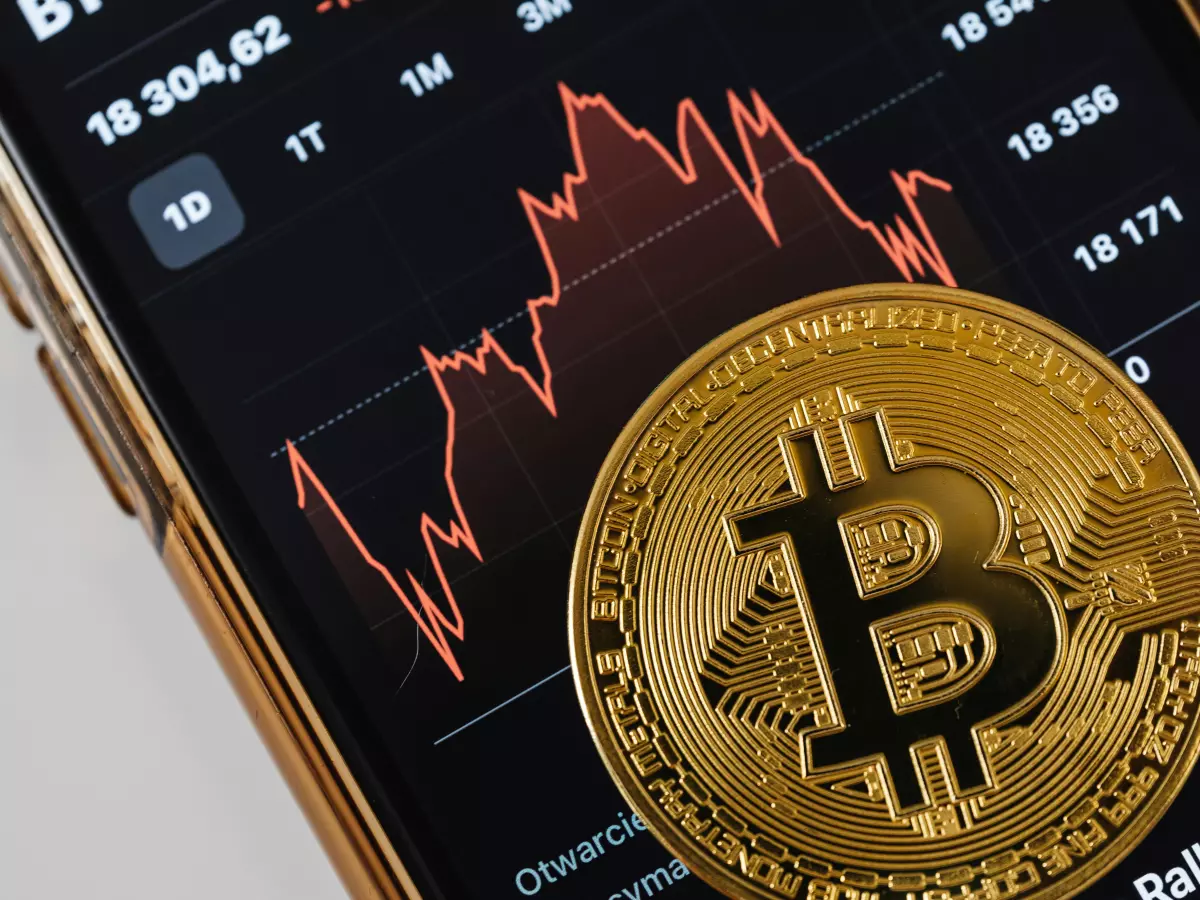Decentralization Dilemma
Is decentralization really the ultimate safeguard for blockchain security? We’ve all heard the mantra: decentralization equals security. But is that really the full story, or are we missing something crucial?

By Marcus Liu
Blockchain’s decentralization is often touted as its ultimate strength. The idea is simple: by distributing control across a network of nodes, no single entity can manipulate the system. Sounds like the perfect solution, right? But what if I told you that decentralization isn’t the bulletproof vest we think it is?
Let’s break it down. Decentralization is supposed to prevent central points of failure. In theory, this makes it harder for hackers to attack the network because they’d need to compromise a majority of nodes. But here’s the kicker: decentralization introduces its own set of vulnerabilities. And no, I’m not just talking about the infamous 51% attack.
Coordination Problems: The Achilles Heel
One of the biggest issues with decentralization is coordination. When you have a large number of nodes spread out across the globe, getting them to agree on anything can be a nightmare. This is especially true when it comes to updates or forks in the blockchain. If a significant portion of the network doesn’t adopt a new protocol, you end up with a fractured system, which can lead to security loopholes.
Take Ethereum’s hard fork after the DAO hack in 2016. The network split into two: Ethereum and Ethereum Classic. While this was a necessary move to recover stolen funds, it also created two competing blockchains, each with its own vulnerabilities. The decentralized nature of the network made it difficult to get everyone on the same page, and the result was a permanent split.
Sybil Attacks: The Wolf in Sheep’s Clothing
Another overlooked vulnerability in decentralized systems is the Sybil attack. In a Sybil attack, a single entity creates multiple fake identities (or nodes) to gain disproportionate influence over the network. While decentralization is supposed to prevent any one entity from taking control, a successful Sybil attack can undermine this very principle.
For example, in a Proof-of-Work system, a Sybil attack would require significant computational power, making it less likely. However, in Proof-of-Stake systems, where influence is based on the amount of cryptocurrency held, a Sybil attack becomes more feasible. If an attacker accumulates enough tokens, they could create multiple fake nodes and potentially disrupt the network.
Decentralization vs. Speed: The Trade-off
Decentralization also comes with a trade-off: speed. The more decentralized a network is, the slower it tends to be. This is because every transaction needs to be validated by multiple nodes, which takes time. In contrast, centralized systems can process transactions much faster because there’s a single point of control.
Take Bitcoin, for example. Its decentralized nature means that transactions can take anywhere from 10 minutes to an hour to be confirmed. Compare that to Visa, which can process thousands of transactions per second. While decentralization offers security benefits, it comes at the cost of speed and scalability.
Governance: Who’s Really in Charge?
Finally, there’s the issue of governance. In a decentralized system, who makes the decisions? In theory, it’s supposed to be the community. But in practice, it’s often a small group of developers or miners who hold the real power. This can lead to conflicts of interest and even centralization within a supposedly decentralized system.
For instance, Bitcoin’s development is largely controlled by a handful of core developers. While they don’t have direct control over the network, their influence over the codebase gives them significant power. Similarly, in Proof-of-Stake systems, those who hold the most tokens often have the most say in governance decisions, leading to a form of “wealth centralization.”
So, is decentralization really the ultimate safeguard for blockchain security? It’s not as clear-cut as it seems. While decentralization does offer some protection, it also introduces new challenges and vulnerabilities that can’t be ignored.
Next time someone tells you that decentralization is the key to blockchain security, remember: nothing is foolproof. Even the most decentralized systems have their weak spots.
Funny enough, this reminds me of a time when I thought I had the ultimate password—so complex, no one could ever guess it. Turns out, I forgot it myself. Sometimes, the things we think are our greatest strengths can also be our biggest weaknesses.





